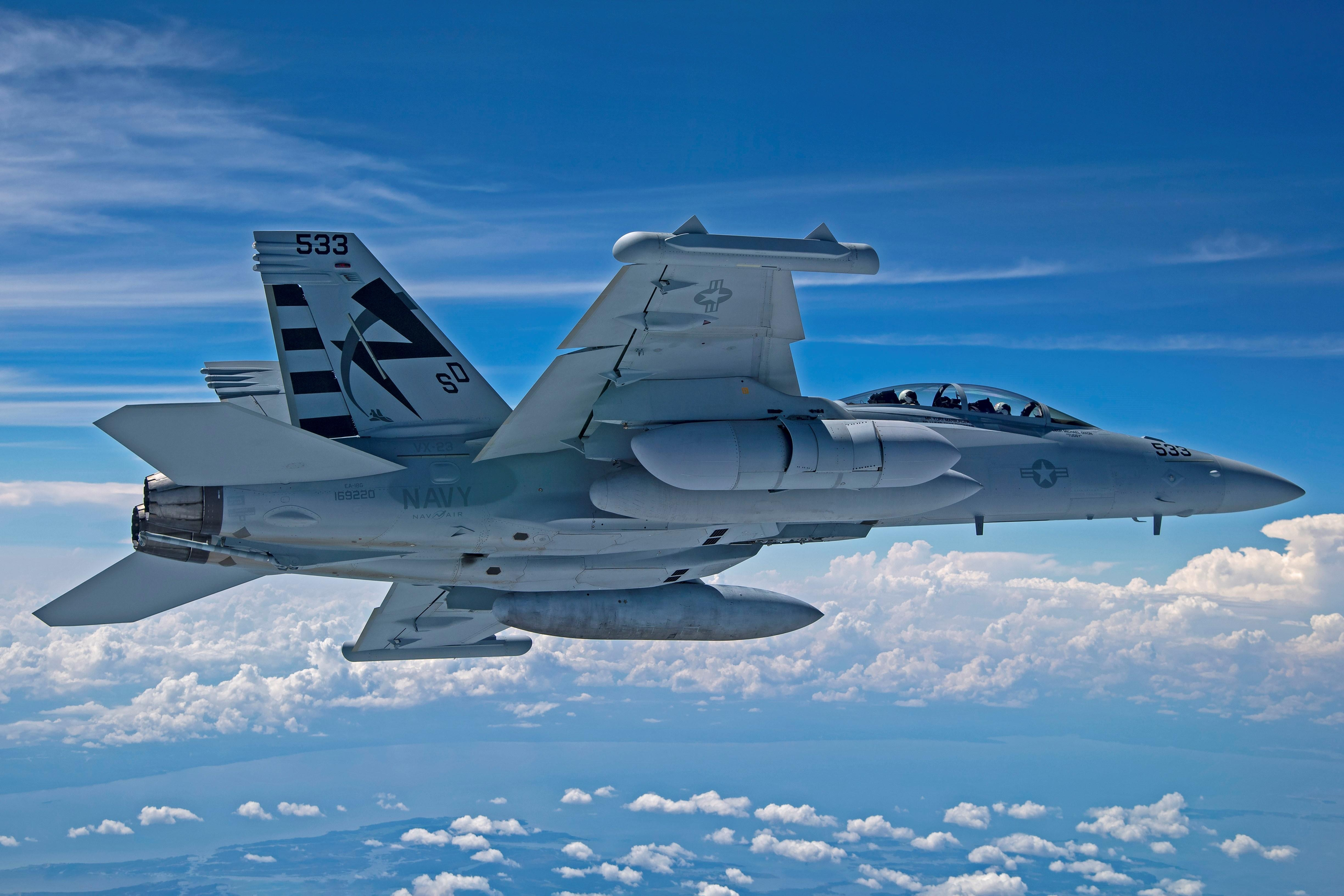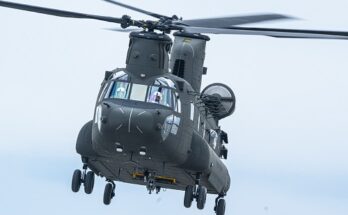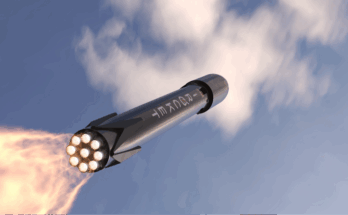
Last month, L3Harris won a $587.3 million, five-year contract from the U.S. Navy for the EA-18G-based, Next Generation Jammer Low-Band program. The order advances production of test articles and fleet prototypes, including eleven pod simulators, eight operational prototype pods, four jettison mass model pods, two captive mass models, two mission system prototypes, and two technique development systems.
This award marks a new high water mark in the decades-long, multi-billion dollar effort. NGJ provides the U.S. military and select allies with one of the most advanced tools available to disrupt and disable an enemy’s ground-based air defenses, communications and electronic warfare capabilities.
Steady funding streams for research, development, testing, and production have been ongoing. Based on the combined NGJ procurement and RDT&E funding lines in the FY25 defense budget, over $4.1 billion will be spent on development efforts for the initial and follow-on increments over the next five years.
Navy planners have structured NGJ as an evolutionary acquisition program that will provide capability in three frequency increments: Increment 1 (Mid-Band), Increment 2 (Low-Band), and Increment 3 (High-Band). The last of these, High-Band is still awaiting funding and development timelines.
In August 2022, the service announced that the first NGJ-Mid-Band production-representative pods had arrived at the Naval Air Warfare Center Aircraft Division (NAWCAD) for flight testing. Once complete, the pods will be sent to the Fleet in conjunction with Initial Operational Capability (IOC) of the first low-rate initial production (LRIP) shipsets.
In March 2023, Mid-Band prime contractor Raytheon received a $650.4 million contract for the production, delivery and support of LRIP Lot III NGJ-MB to include 15 NGJ-MB LRIP shipsets (two pods per shipset): eleven for the Navy and four for the government of Australia.
Work on the development of the Low-Band version has been ramping up in recent years. In December 2020, L3Harris secured a $495.5 million contract for the production and delivery of ten NGJ Low-Band pod simulators, eight operational prototype pods, four jettison mass-model pods, two captive mass models, two mission system prototypes, and two technique development systems.
Andrew Dardine is lead analyst for Forecast International's Defense Electronic Systems group. He is the primary author of Forecast International's Electronic Warfare Forecast and co-author of Electro-Optical Systems Forecast and C4I Forecast. Andrew is also a regular contributor to FI's Defense & Security Monitor blog, offering insights into developing technologies such as directed-energy and next-generation jamming systems. His analysis of such vital market areas as EO/IR systems and electronic countermeasures technology has been cited in Defense News, Aerospace Daily, and Bloomberg Businessweek, among other news media. He has also written about the electronic defense market for Aviation Week and the Journal of Electronic Defense.




